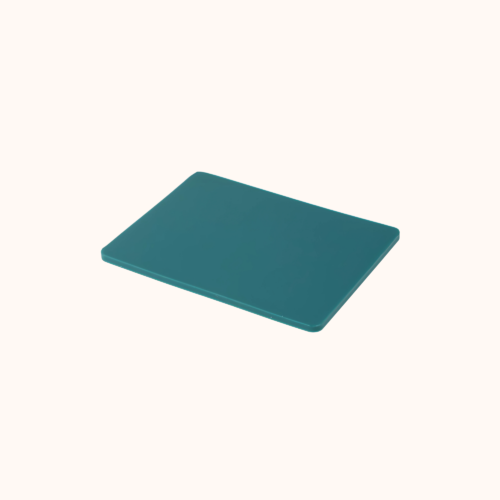In Japan, the hanko (also known as inkan) is more than just a stamp—it’s a personal signature, a symbol of identity, and an essential part of everyday life. Whether you’re opening a bank account, signing a lease, or completing official documents, having the right hanko is crucial.

But how do you choose the perfect one for your personal use? With so many options for materials, styles, and sizes, the process can be overwhelming—especially for first-time buyers or foreigners living in Japan. Here’s a guide to help you make the right choice.
1. Know the Types of Personal Hanko
Personal hanko typically fall into three categories:
- Jitsuin (実印): This is your officially registered seal used for major transactions like buying property or registering a company. It must be registered with your local city hall.
- Ginkōin (銀行印): Specifically used for banking purposes. You’ll register this seal with your bank.
- Mitomein (認印): This is used for everyday tasks like receiving packages or internal office approvals. It’s the most commonly used type.
Each has a specific role, and depending on your lifestyle or business dealings, you may need more than one.
2. Choose the Right Material
The material of your hanko isn’t just for looks—it also affects durability and status.
- Akane Wood: A cost-effective choice, great for beginners and casual use.
- Black Buffalo Horn: A traditional, elegant option with a balance of strength and beauty.
- Titanium: Highly durable, sleek, and considered the top-tier choice for long-term, professional use.
Titanium is especially recommended if you plan to use your hanko frequently or want a modern, lasting impression.
3. Pick the Right Size
Most personal hanko come in diameters between 10.5mm to 13.5mm. Here’s a general guide:
- 10.5mm – 12mm: Suitable for women or for mitomein.
- 13.5mm – 15mm: Common for men or those registering jitsuin.
- 16.5mm – 18mm: Often used for jitsuin or formal banking hanko.
Your city office or bank may have minimum size requirements for registration, so be sure to double-check.
4. Decide on the Script Style
There are several fonts used in hanko engraving, each with its own character:
- Tensho (seal script): Traditional, stylized, and harder to copy—ideal for legal use.
- Gyosho (semi-cursive): A blend of style and readability.
- Kaisho (block script): Clear and formal, commonly used for mitomein.
Tensho is usually the best choice for registered hanko because of its complexity and security.
5. Consider Customization
Adding your full name or using katakana/kanji for non-Japanese names can make your hanko more personal and official. Foreign residents in Japan can also choose English-lettered hanko, though kanji or katakana is typically preferred for official use.
Final Thoughts
Choosing a hanko is a personal process that reflects your lifestyle, legal needs, and even your taste. Whether you’re a resident of Japan or simply fascinated by its culture, owning a high-quality hanko is a meaningful and practical investment.
At HankoHub.com, we make it easy to design and order your personal hanko online. With options ranging from affordable wood to premium titanium, you’ll find the perfect seal for any purpose—backed by expert craftsmanship and international shipping.
Start your journey now—explore our collection and order your custom hanko today at HankoHub.com.













